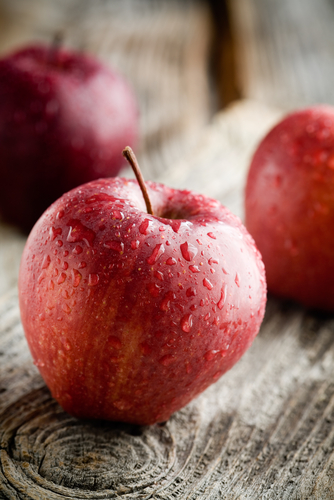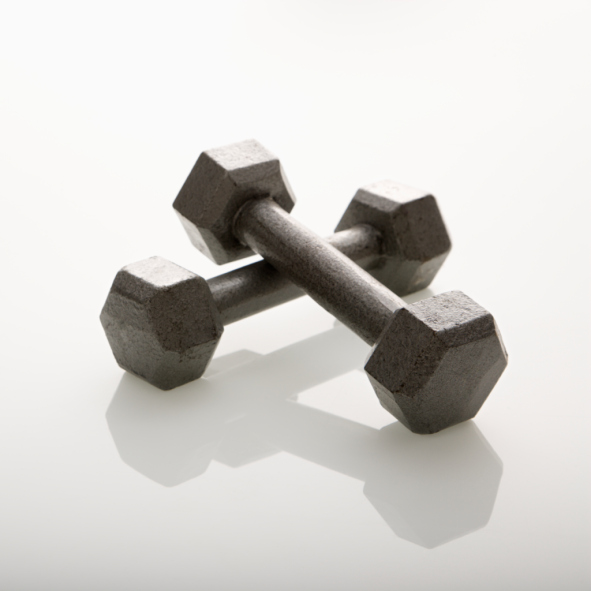Celery, cucumbers and iceberg lettuce
have negative calories.

The concept goes something like
this: some veggies are so low in
calories that they require more
energy to digest than they
contain. The result? Eating
celery, cucumbers or iceberg
lettuce can give you a “negative
calorie balance.” Sounds great
in theory, but “the calories you
need for digestion won’t ever
exceed the number of calories
any type of food contains,” says
Los Angeles-based nutritionist
LeeAnn Smith Weintraub, RD.
However, these non-starchy,
low-calorie veggies can still
help you lose weight since their
fiber and water content will
keep you feeling full for
longer. So go ahead and pile
them on generously when you hit
the salad bar for lunch






